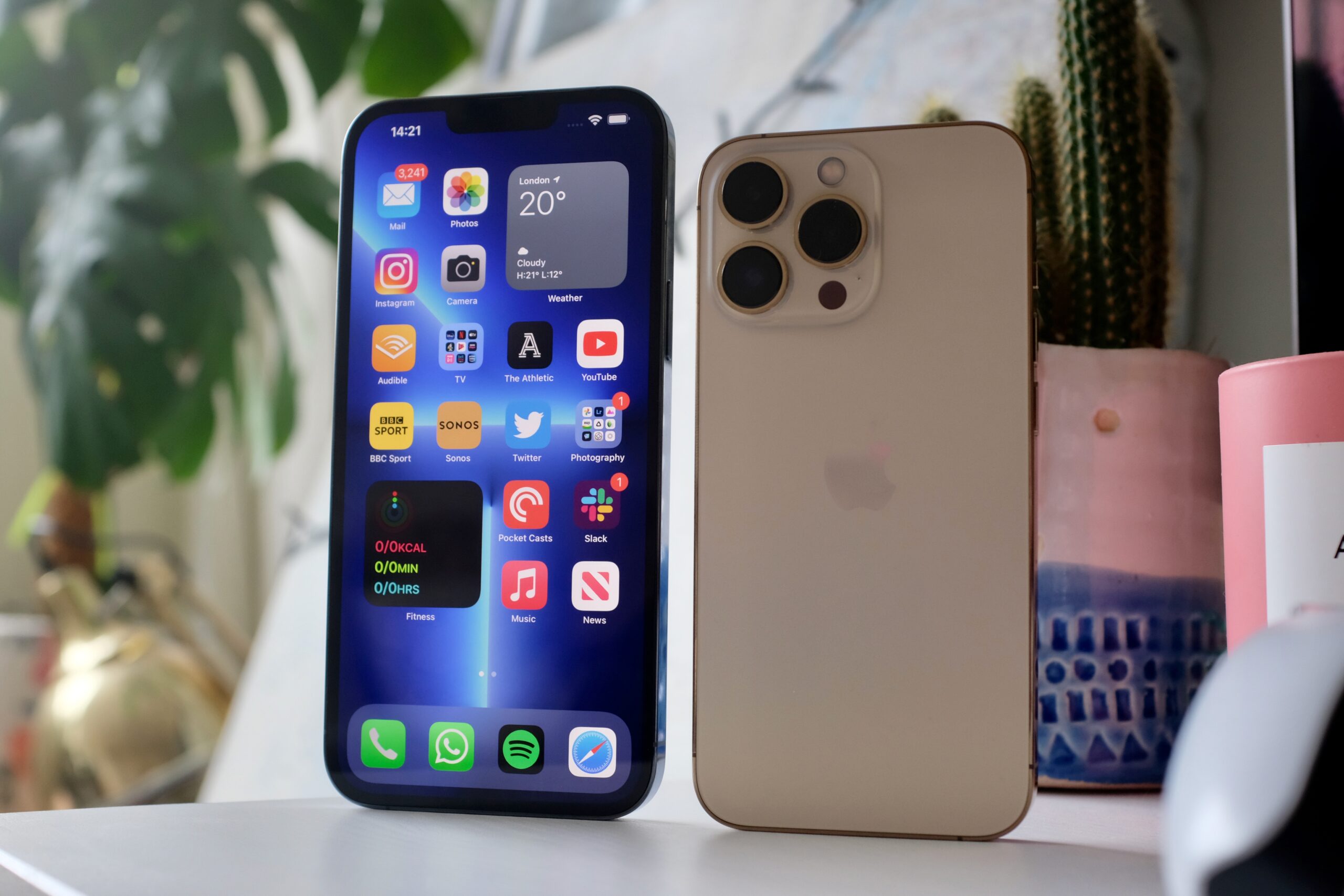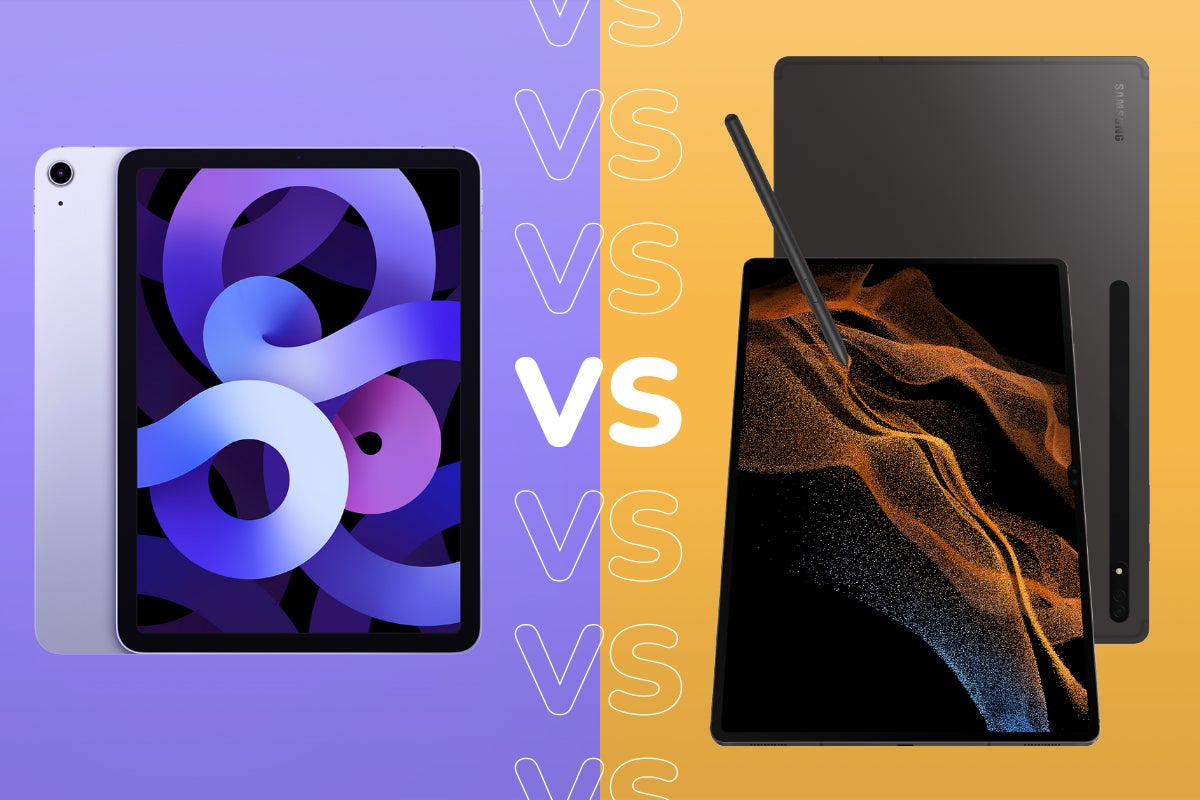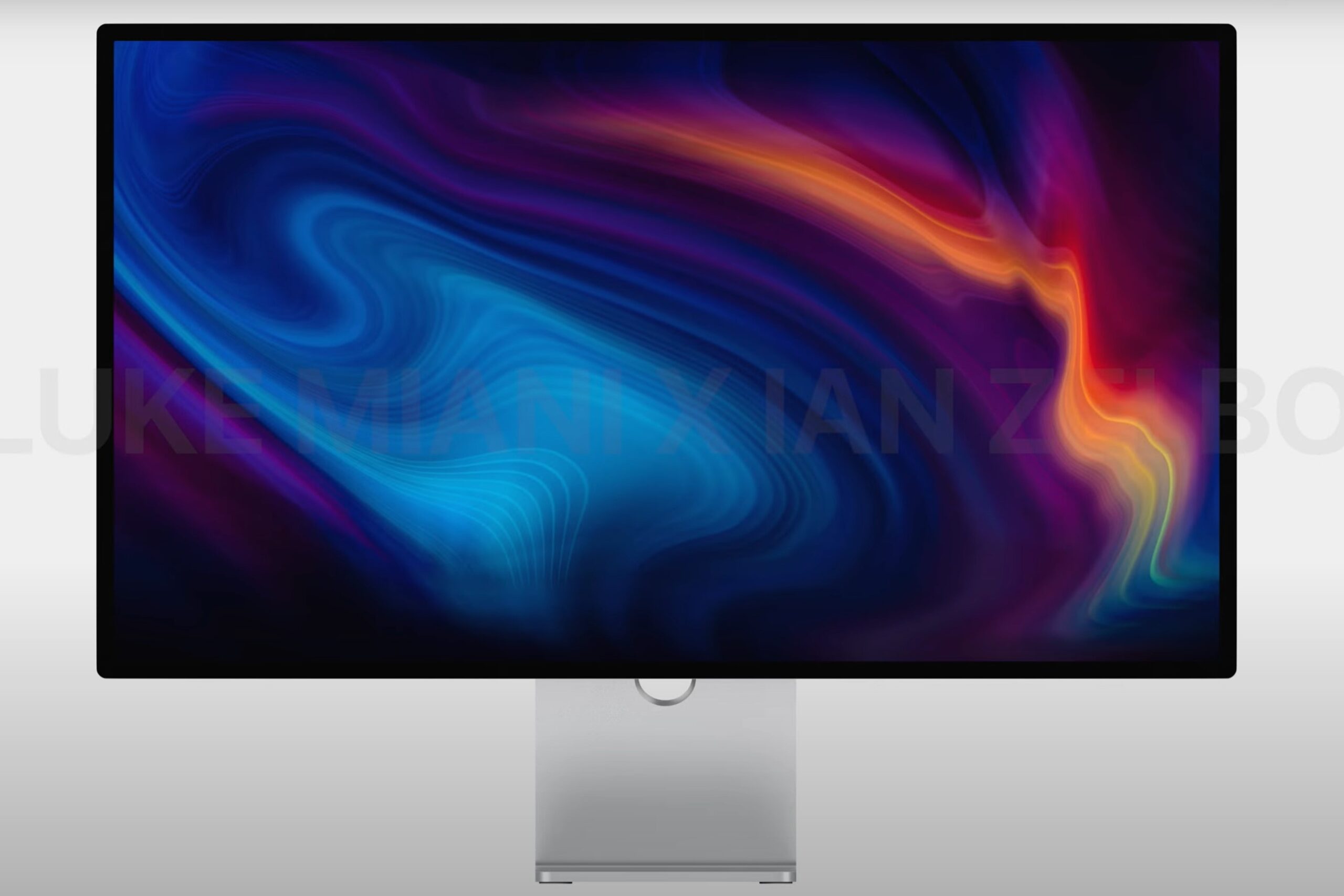iPhone SE (2022) v iPhone SE (2020): The big changes explained
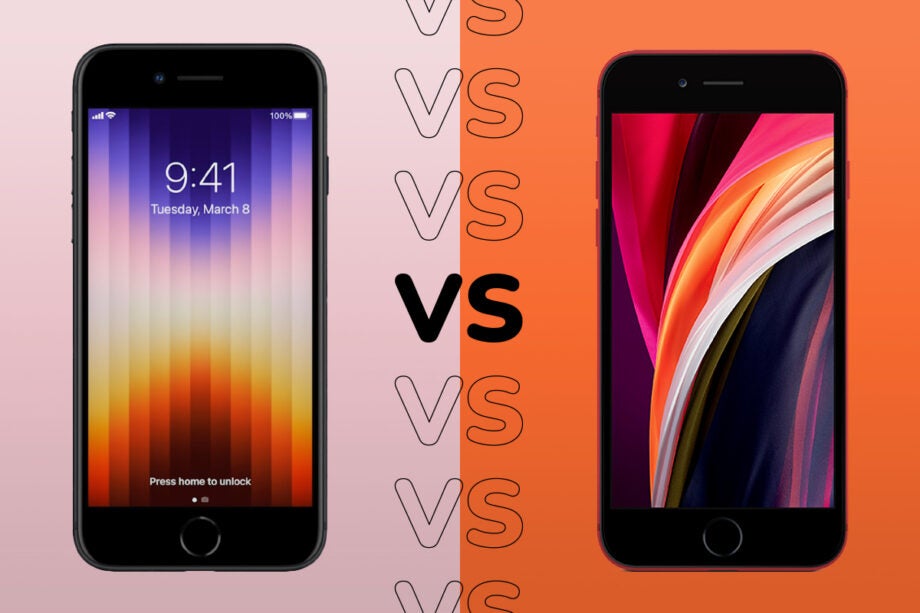
If you’re looking for an affordable iPhone, this comparison guide breaks down the key differences between Apple’s two latest budget handsets – the iPhone SE (2022) and the iPhone SE (2020).
Recent editions of the iPhone SE have put some of Apple’s greatest assets, including its peerless software, top-tier performance, and excellent camera performance, into a device at a price tag that’s more affordable than something like the iPhone 14.
If you’re looking for a cheaper, but still reliable iPhone, you might be mulling over your options between the 2020 and 2022 versions of the phone, so this comparison article will explain the main differences and similarities to make your choice that bit easier.
Design and Screen
The design and screen of the two iPhone SE (2022) and the iPhone SE (2020) in question are very similar.
In fact, the dimensions are identical, since they use the same shell, although the newer one weighs ever so slightly less, at 144g rather than 148g. Both boast IP67 water resistance, and are composed of a glass front and back with an aluminium frame.
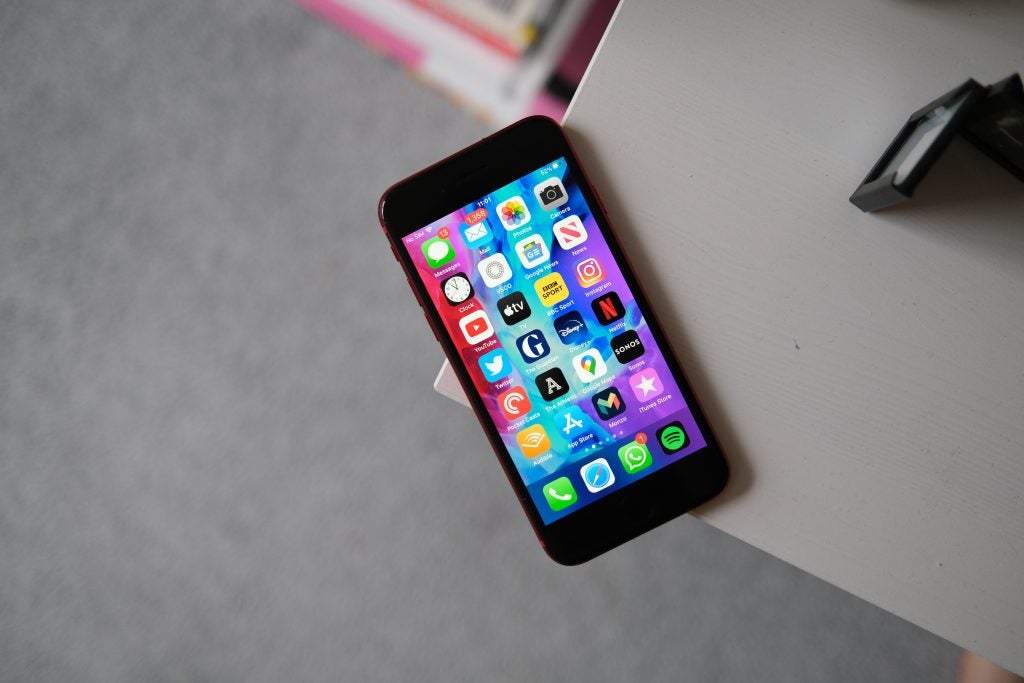
The shell in question is of course that of the iPhone 8, so a complaint we had with both devices was their rather dated appearance, with large black bars above and below the screen, a home button, and a smaller screen than many other mainstream phones (which can be a blessing or a curse.)
The display measures only 4.7 inches, and is LCD rather than OLED so you will miss out on perfect contrast. The resolution is 750x1334p, and you certainly won’t get an enhanced refresh rate here; it’s firmly stuck at 60Hz, so you miss out on the extra smoothness offered by some of its peers.
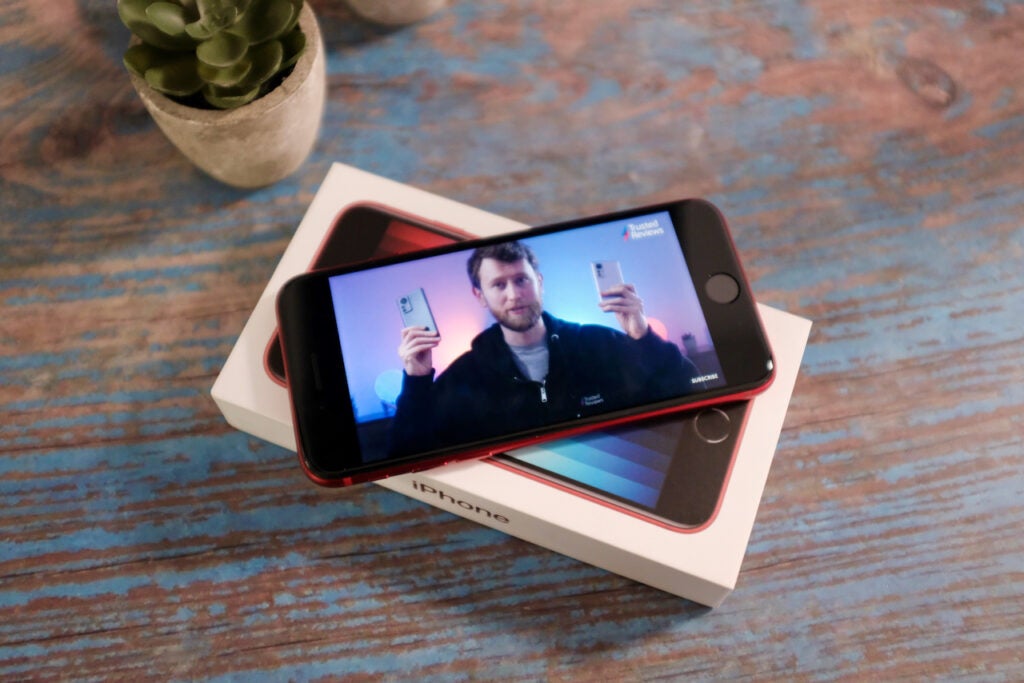
We even went as far as to name the screen as “mundane”, and even “the new iPhone SE’s most disappointing feature.” If you like watching videos or playing games on your phone, then this one is not ideal for that purpose.
Camera
Once again with the camera, you’ll be hard-pressed to find many differences between the newer and older models. In fact, we wrote that “the iPhone SE 2022 is using basically the same sensor.”
The sensor in question is a 12-megapixel one, and we found in both cases that it delivers excellent daylight photography, with a particular strength for capturing tricky details like a woolly jumper or dog fur.
Take a look at some sample pictures to see what we mean:




However, the big miss is the lack of a dedicated Night Mode, which can leave lowlight images looking flat and lifeless. There’s also no ultrawide or telephoto lens for extra versatility.
Performance
Processing performance is a key strength across Apple’s product range, and that doesn’t change even at this price point. Both devices come packing an incredible chipset, but there is a difference; the iPhone SE 2020 runs on the A13 Bionic, while the iPhone SE 2022 runs on the A15 Bionic.
Both are exceptional, being flagship chipsets in their day, but the latest is the more powerful of the two, even beating the Samsung Galaxy S22 Ultra in our benchmarking tests. It can handle demanding games and photo editing tasks with ease.
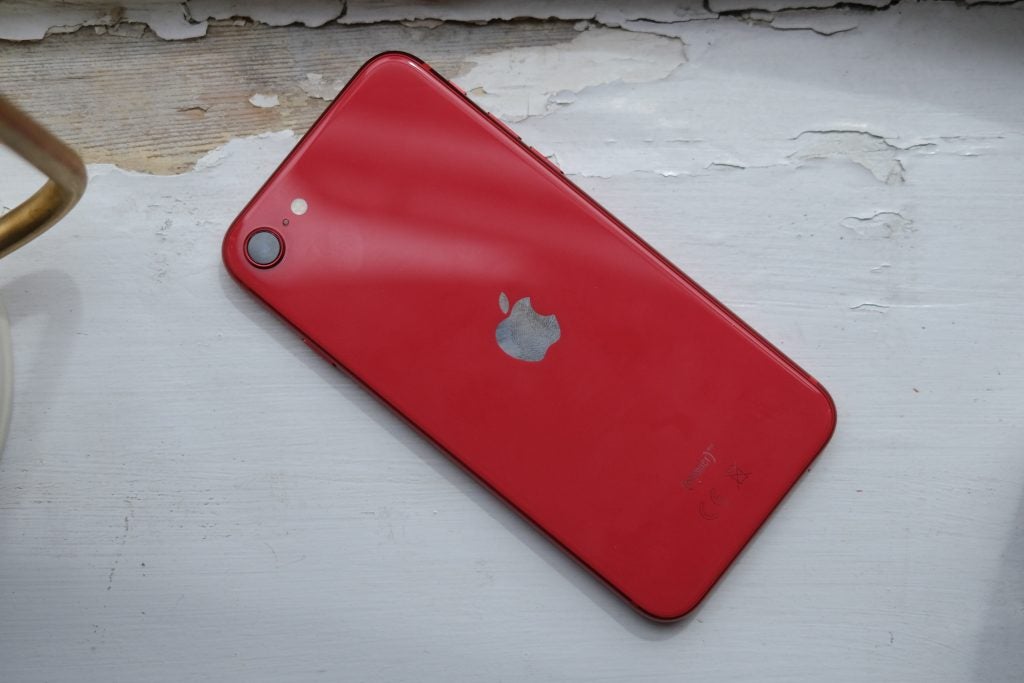
We were highly impressed by the speed and snappiness of the performance, and what’s even more reassuring is that Apple typically supports the software via security updates for far longer than other manufacturers.
Battery Life
While battery size does not appear to have changed between generations, we found that efficiencies in the iPhone SE 2022 have helped it to eke out a bit more juice than its predecessor.
You’ll find that the two handsets can both give you around a day of usage (though heavy gaming sessions can rapidly deplete the battery), but the newer model was particularly good at saving charge while on standby.
The fast charging is not particularly impressive when compared to Android rivals but should see the device fully topped up in around an hour with a 20W charger, though you won’t even get a charging brick of any kind packed in the box for the newer SE. Wireless charging is available but is very slow and lacks the MagSafe skills of the pricier iPhones.
Price
At the time of their respective releases, each phone was on sale at the same price in the UK, at £419/$429. However, due to price rises, the UK model is now £449 if bought directly through Apple Given the quality of the features that we’ve laid out, that makes it quite a bargain. Nowadays of course you’ll struggle to find a new iPhone SE 2020 on sale, but there are many refurbished options available at a cut price.
Verdict
Overall the iPhone SE 2022 is a slightly better option than its predecessor, due to its superior chipset, but the truth is that there’s little difference between the two models. The same strengths are there, including performance, software, and the camera, but the two share the same weaknesses too, especially when it comes to the dated design and the underwhelming screen.
Based on our review experience, we wouldn’t recommend upgrading from the iPhone SE 2020 to the iPhone SE 2022, but if you’re looking for a new and affordable Apple smartphone then the iPhone SE 2022 is the one to get.


